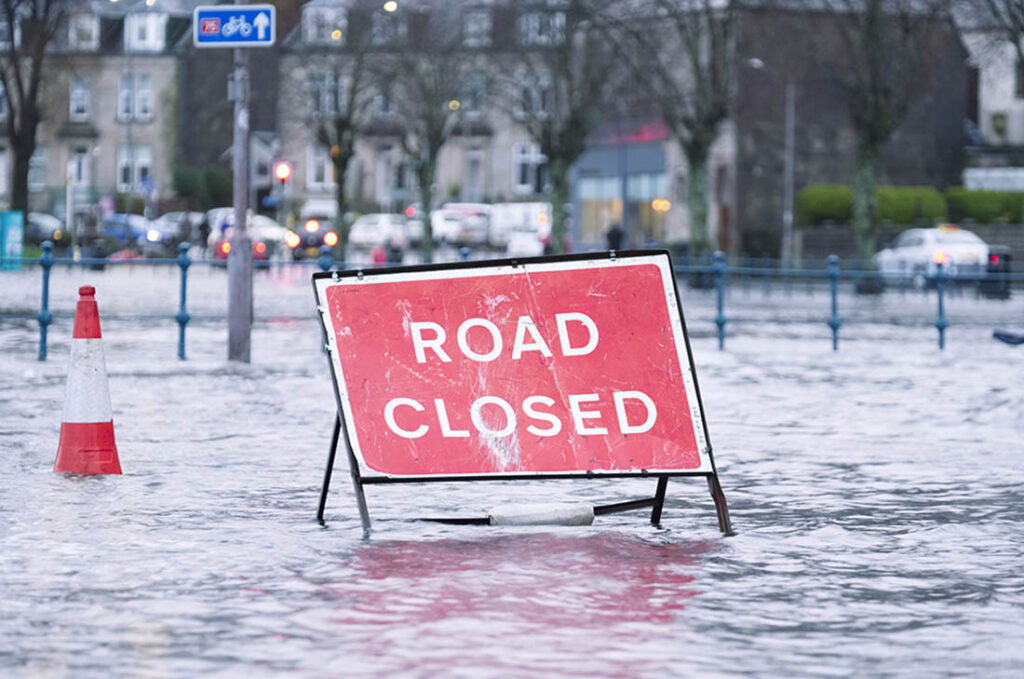Severe weather is on the rise in Canada and with the COVID-19 pandemic still on the rise in many parts of the country, there’s an even greater need for all of us to plan ahead and be prepared.
There are three simple steps to get better prepared to face a range of emergencies:
- Know the risks
- Make a plan
- Get an emergency kit
Know the Risks
Did you know that some areas may be at risk for one kind of disaster over another? Knowing the risks specific to your area can help you prepare for emergencies. Go to getprepared.ca to find out what your area’s particular risks might be.
make a plan
When emergencies happen, having a plan in place is the best way to respond quickly and protect your family, your community and your property. Make a plan now – before you need one.
Make copies of important documents such as birth certificates, passports, licenses, wills, land deeds and insurance. Keep a copy in a safe place inside your home as well as outside your home such as a safety deposit.
Get an emergency kit
In an emergency you’ll need some basic supplies. You might have to get by without power or tap water for an extended period of time. Make sure you’re prepared to be self-sufficient for at least 72 hours.
You may have some of the items already, such as food, water and a battery-operated or wind-up flashlight. The key is to make sure they are organized and easy to find. Would you be able to find your flashlight in the dark? Make sure your kit is easy to carry and everyone in the household knows where it is.
Know your risks and review your insurance policy with an experienced insurance representative.
While governments at all levels are working hard to keep Canada safe; now, more than ever, we all have a role to play in emergency preparedness. With a little preparation you can be ready for anything.




